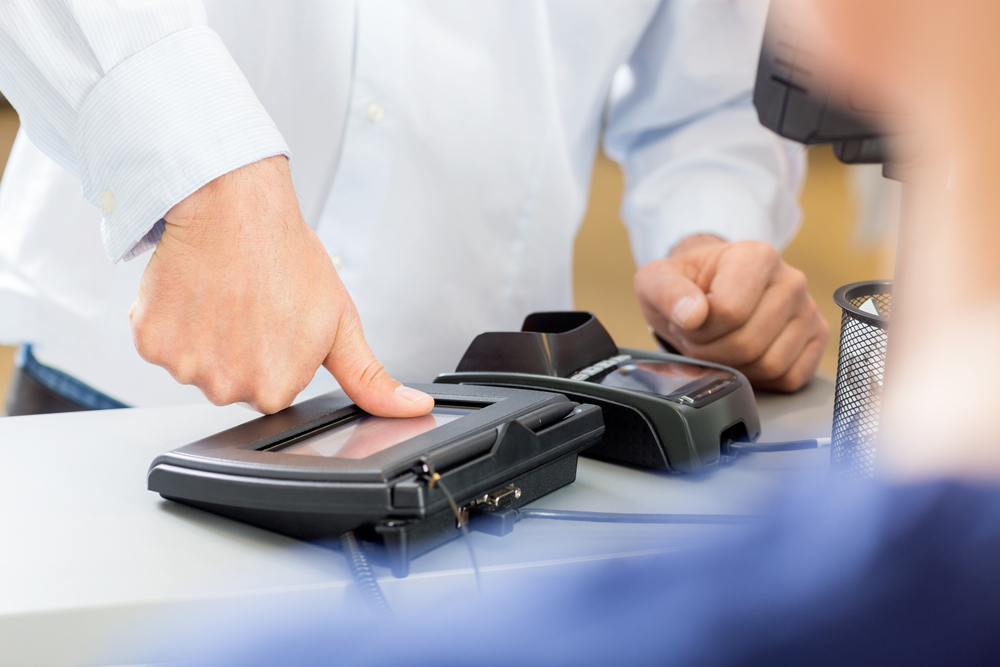The COVID-19 pandemic has enormously accelerated certain trends in restaurant technology – particularly those that relate to the health and safety of customers and staff.
The surge in demand for contactless ordering and payment options is an obvious example. But while such technologies as digital menus, wallets, and QR codes have rapidly become familiar, such as the pace of change that even they may soon be overtaken by biometrics.
What is Biometric Technology
If you’ve ever had the misfortune to wait in line at an international airport, you’ll be familiar with the main biometric applications, such as –
• Fingerprint readers
• Iris and facial recognition technology
Secure and Contactless Payments
And these are also increasingly being used across the payments industry to offer rapid, secure, and contactless payments.
Facial recognition technology, in particular, not only offers a quick, contactless, and safe experience, it also enhances security.
Traditional 4 digit PINs are not required. Nor is it necessary to wait for a one-time code or token to be sent (or not) to a customer’s cell phone.
These considerations alone should be enough to make biometrics worth adopting by any business. And a number of restaurant POS systems already offer them for this reason.
Creative Ways Restaurants Can Use Biometrics
But there’s far more to biometrics than just safety and security.
Used with creativity and imagination, these technologies can also offer diners a personalized and much more enjoyable experience, while at the same time helping businesses build valuable customer loyalty.
1. Staff Management
Iris/facial scanners and fingerprint readers are already in use in many American workplaces as a way of monitoring employees’, identity, attendance, and time-keeping. And they can be a valuable time and cost saver for management – particularly those running smaller businesses.
More specifically to restaurants, biometric technologies can help with food safety by restricting access to kitchens and refrigerated storage areas, and recording exactly who has been in them, and when, and what they did afterwards.
2. Improved Customer Experience
For better or worse, in the digital age, it’s no longer enough to offer the prompt service of a quality meal.
Customers are increasingly demanding a personalized experience, to be made to feel special.
Until now it’s been time-consuming and frankly uneconomical for many businesses to seek to meet this demand. But biometrics may now be coming to the rescue.
Imagine using facial recognition technology so that opted-in customers can be immediately recognized and logged as they enter your establishment, so that your bar and waiting staff can immediately get to work preparing their favorite cocktail or appetizer.
Facial or fingerprint recognition linked to a customer profile can also notify chefs of special dietary requirements, birthdays, anniversaries, or other special occasions.
The objective, always, is to use the technology to make the customer feel welcome and specially appreciated, just as the old-fashioned Maitre D’ of a high-end gourmet establishment might do for his regulars.
Why Biometrics are the Future
Industry surveys suggest that a significant proportion of both customers and restaurant owners are still reluctant to embrace biometric technologies.
But this is likely to change rapidly.
The COVID pandemic has brought many changes to customer attitudes that will probably prove permanent.
And the constant battle against fraud means that the use of biometrics was in any case likely to become normal and widely accepted in the payment card industry.
That said, as discussed above, these new technologies also offer considerable opportunities to enhance the experience of customers who are becoming ever more demanding.
And it is those restaurants that embrace biometrics, rather than regarding them as a necessary evil, that will prosper in the post-COVID era.

